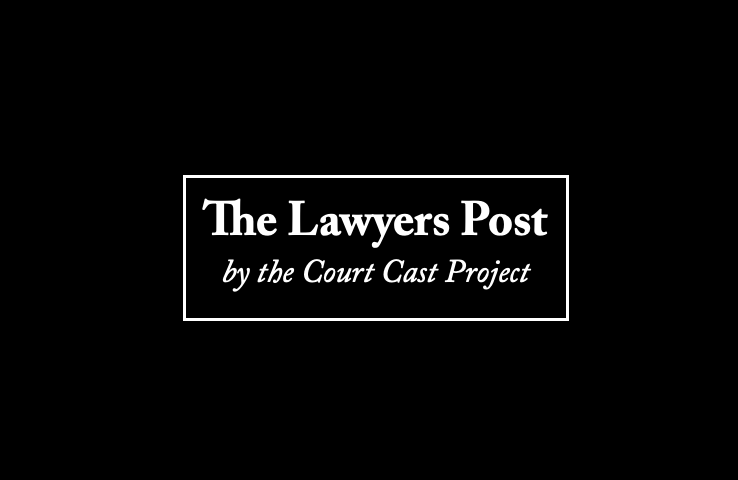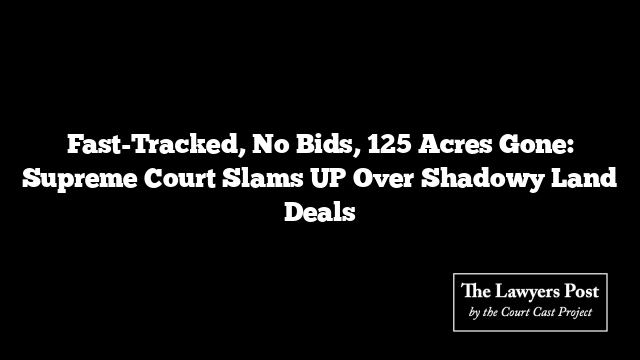In a scorching indictment of how public land is parceled out in Uttar Pradesh, the Supreme Court has dismantled the quiet backdoor dealings of the Uttar Pradesh State Industrial Development Corporation (UPSIDC), calling its allocation practices “a betrayal of public trust.”
The trigger? A massive 125-acre industrial land deal handed out in just two months—no bidding, no scrutiny, no visible gain for the public.
Though the Court upheld UPSIDC’s decision to cancel a 2003 allotment to the Kamala Nehru Memorial Trust (KNMT) over non-payment, it didn’t mince words about the corporation’s opaque and arbitrary process. “This isn’t just poor governance,” the bench led by Justices Surya Kant and N Kotiswar Singh said. “It’s a systemic failure—one that robs the people of fair access to their own resources.”
Behind the legalese lies a simple truth: land that should serve the broader public interest—boosting local employment, spurring regional development, ensuring sustainability—was handed over with little to no evaluation of its impact. The Court was particularly blunt in stating that UPSIDC had shown more “alacrity” in trying to reallocate the land during the legal tussle than it had in following a transparent process to begin with.
The Public Trust Doctrine loomed large over the ruling. According to the Court, any land owned by the state isn’t a private asset to be distributed at whim—it’s a shared resource held in trust for the people. That means careful vetting, public benefit analysis, open competition, and zero room for sweetheart deals.
“The process must deliver more than just revenue,” the Court emphasized. “It must align with industrial development goals, environmental safeguards, and regional economic strategies.” That didn’t happen here.
To prevent a repeat, the Supreme Court ordered sweeping reforms. All future allotments must be transparent, competitive, and anchored in public interest. No more preferential access. No more rushed decisions. Just due process, backed by evidence.
The fallout from this judgment will likely ripple far beyond this single 125-acre case. It’s a signal to all state agencies: public land isn’t a playground for the powerful. It’s a resource owed to the people—every last acre of it.





